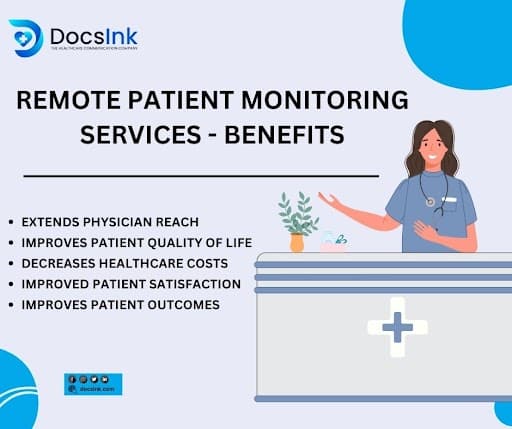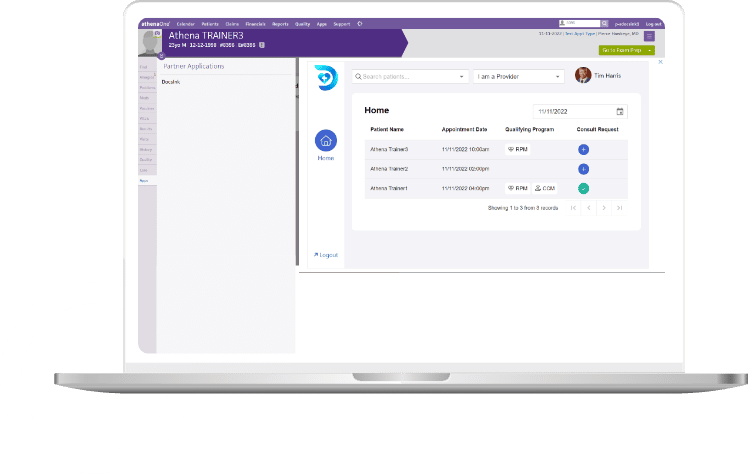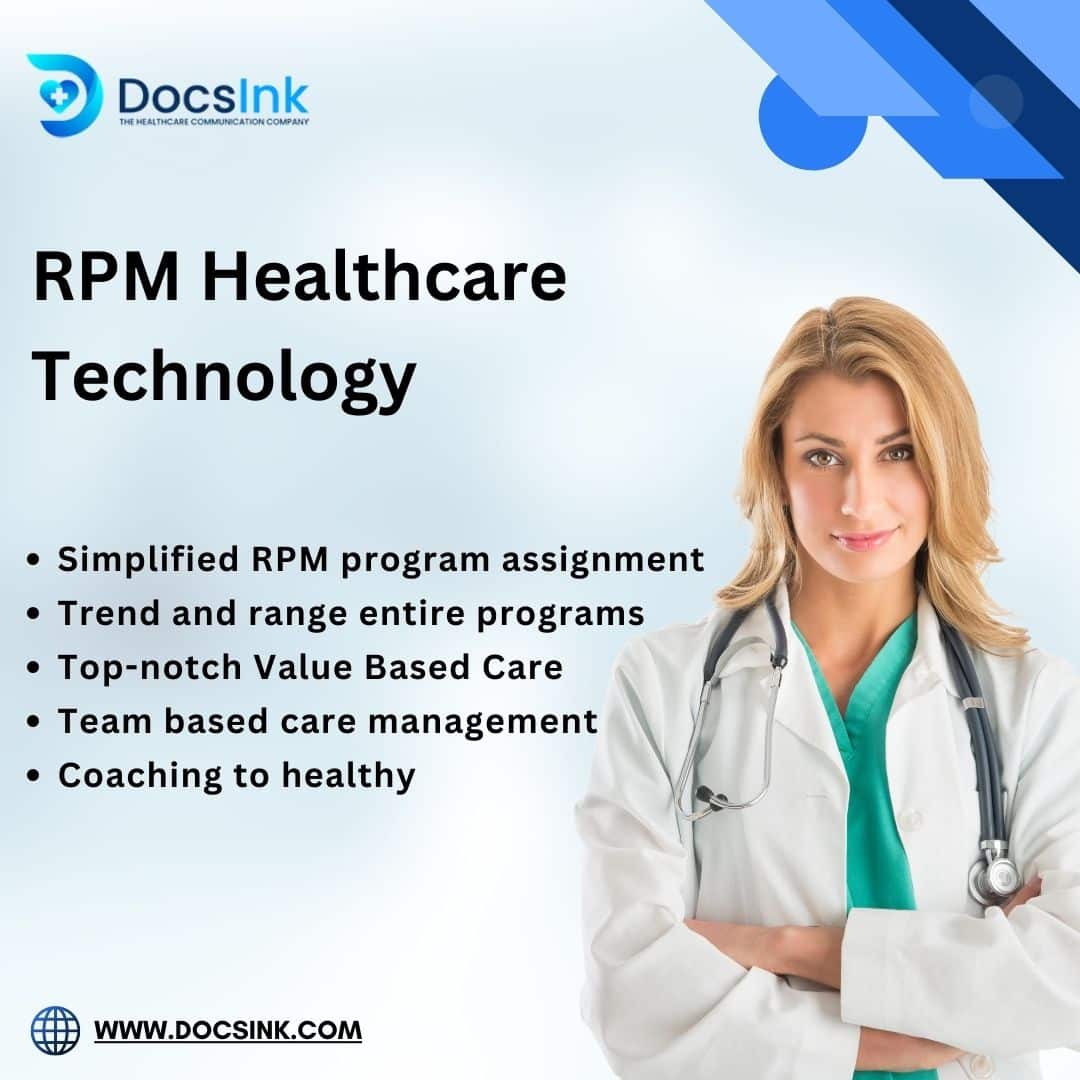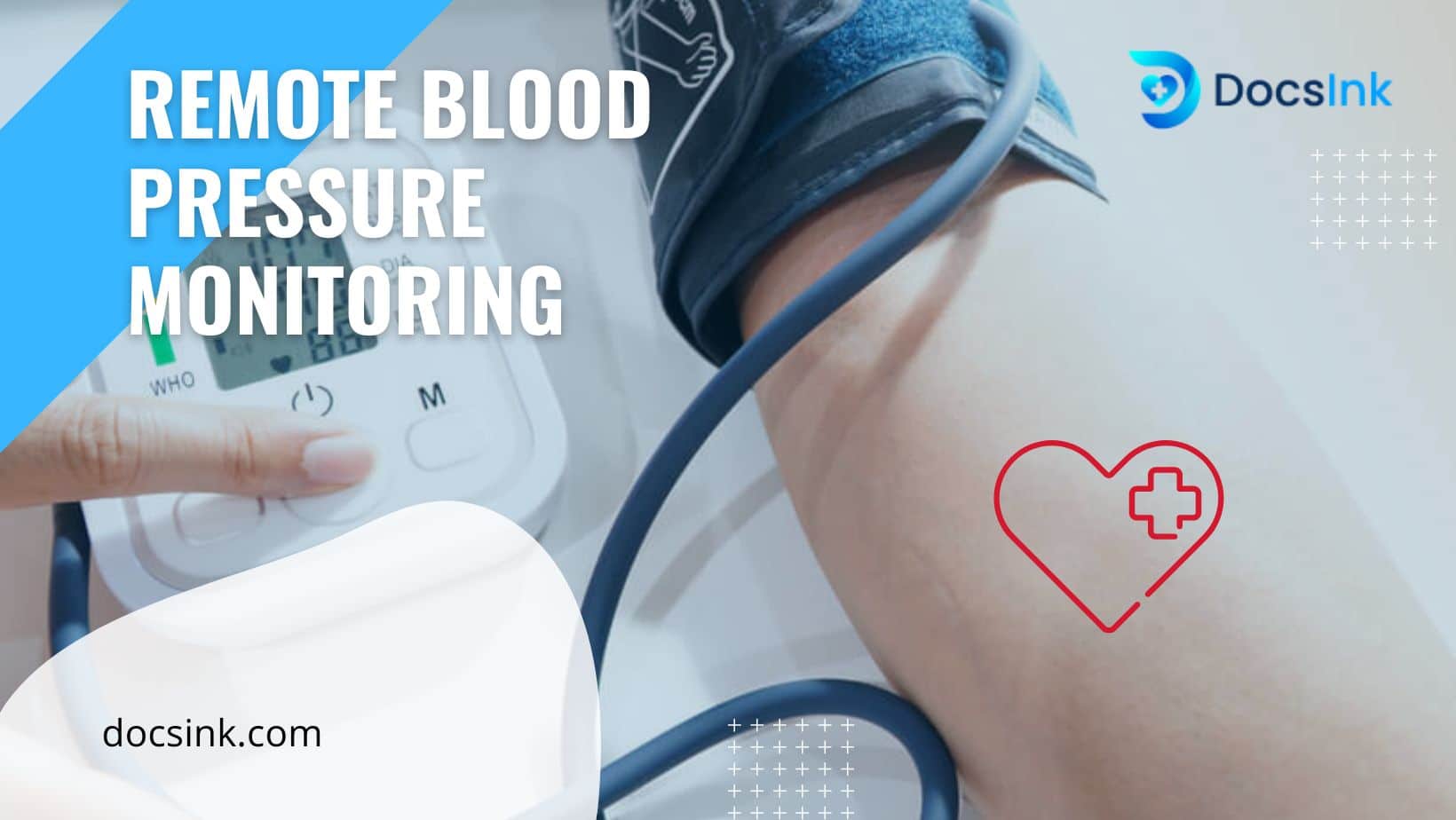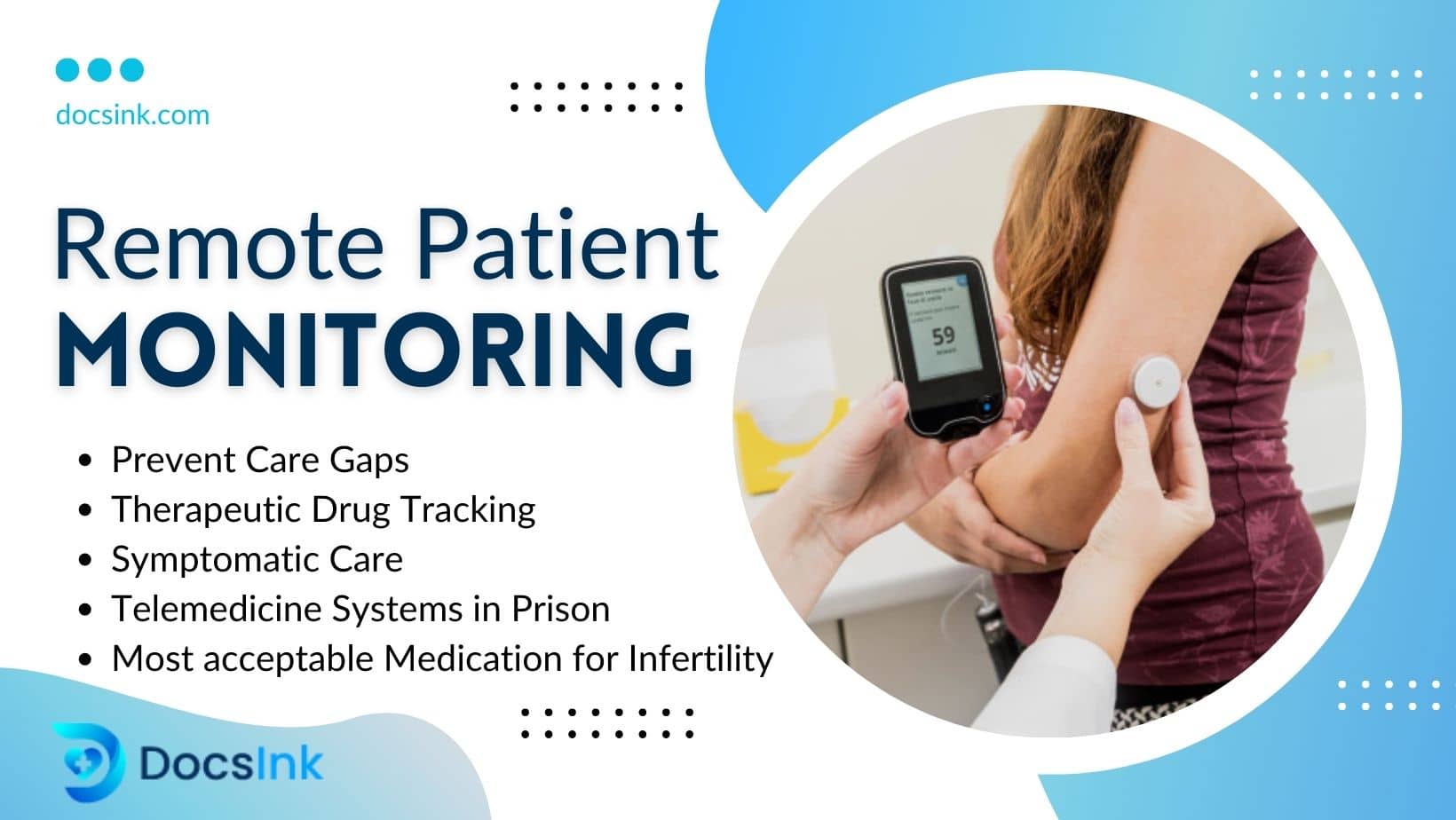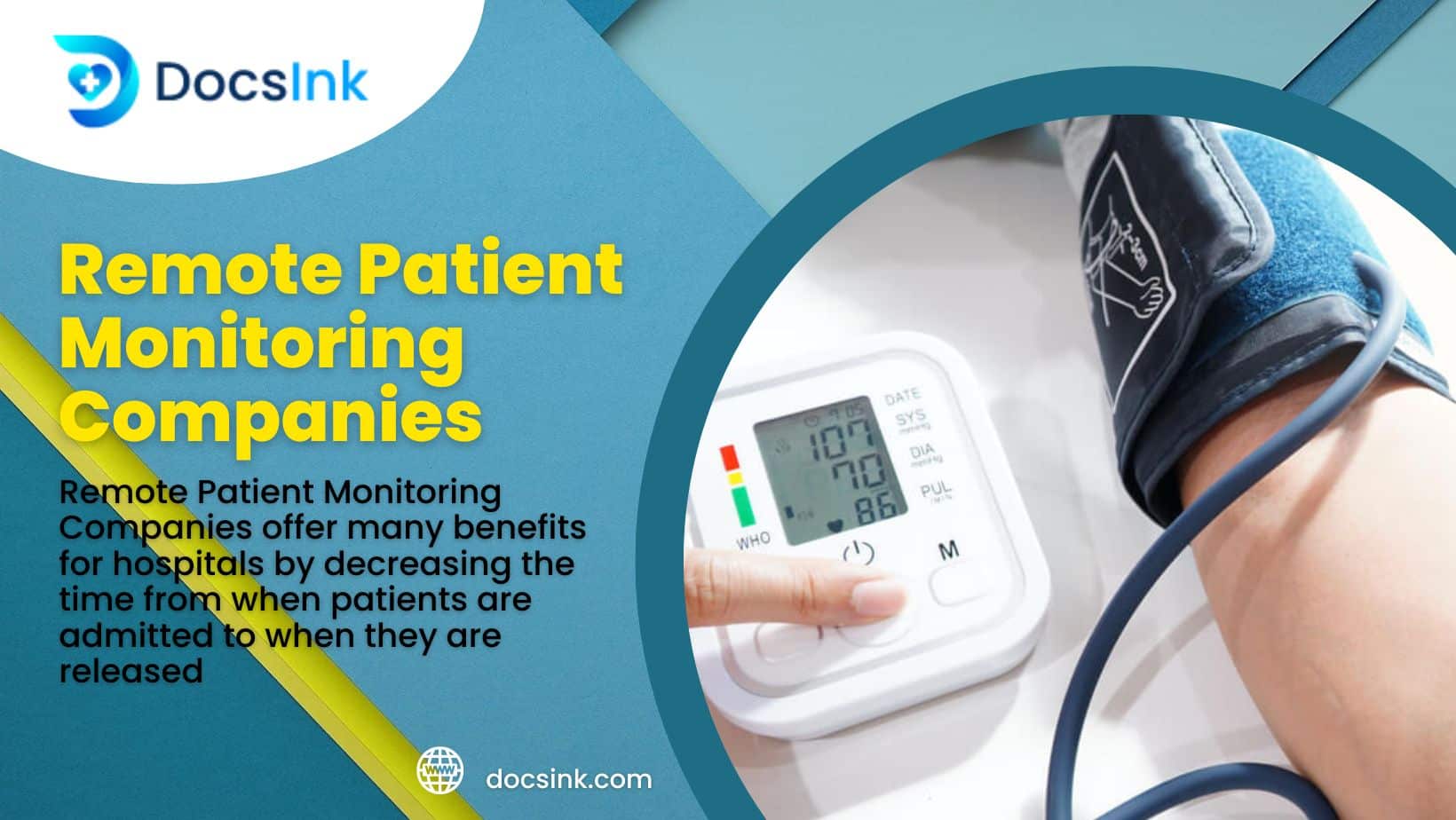The healthcare industry is undergoing a significant shift from traditional fee-for-service models to value-based care models. Value-based care is a healthcare delivery model that focuses on improving patient outcomes and delivering high-quality care. Instead of being reimbursed based on the number of services provided. Healthcare providers are paid based on the quality of care they deliver and the outcomes they achieve for their patients.
One of the key components of value-based care is the use of performance metrics to measure the effectiveness of care. These metrics can include clinical outcomes, patient satisfaction, and cost efficiency. By tracking and measuring these metrics, healthcare providers can identify areas where they can improve the quality of care they deliver and make necessary changes to their care delivery processes.
In addition to improving patient outcomes, value-based care can also help control healthcare costs. By incentivizing healthcare providers to deliver high-quality, cost-efficient care, value-based care can help reduce the overall cost of healthcare. This can be especially beneficial in rural areas. Where access to care may be limited and healthcare costs may be higher.
The shift to value-based care models has led to an increase in the adoption of remote patient monitoring software. As they offer an efficient way to provide high-quality care to patients.
Remote patient monitoring services allow healthcare providers to remotely monitor the health of their patients using a variety of technologies, such as wearable devices and mobile apps. This allows providers to track patients’ vital signs, symptoms, and other important health information in real-time. By using remote patient monitoring services, providers can detect potential health issues early on and intervene before they become more serious.
One of the key benefits of RPM is that it allows patients to receive care from the comfort of their own homes. This can be especially beneficial for patients who may have difficulty traveling to a healthcare facility. Such as older adults or individuals with mobility issues. By providing patients with the ability to receive care remotely, RPM solutions can help increase their engagement with the healthcare system.
Helping RPM solutions
In addition, RPM solutions can help improve patients’ adherence to their treatment plans. By regularly monitoring patients’ health indicators and providing them with feedback. RPM solutions can help patients better understand their health conditions and the importance of following their treatment plans. This can help improve their overall health and reduce the risk of complications.
RPM solutions can also help healthcare providers better engage with their patients. By providing patients with regular updates on their health, RPM solutions can help healthcare providers build stronger relationships with their patients and improve their satisfaction with their care. This can help improve patient adherence and ultimately lead to better health outcomes.
A patient using a remote monitoring service for multiple years reported improved management of their chronic condition. She no longer has to visit the hospital as frequently, and she feels more in control of her health. Another patient uses a wearable device to monitor his blood pressure. It is reported that the device has helped him to identify potential health issues before they became more serious.
Benefits of Remote patient monitoring services
The adoption of remote patient monitoring services has also had a positive impact on the healthcare workforce. Below is a list of some of the reasons why health systems are implementing remote patient monitoring services.
- Improved work-life balance: One of the major challenges facing the healthcare workforce is the demands of the job, which can often lead to burnout. Remote patient monitoring services can help to alleviate some of this burden by allowing providers to monitor their patients remotely, which can free up time for other tasks. This can help providers to achieve a better work-life balance and reduce the risk of burnout.
- Enhanced collaboration: Remote patient monitoring services can also improve collaboration among healthcare providers. By providing real-time data and insights into patients’ health, these services can facilitate more effective communication and coordination among providers. This can help to ensure that patients receive the best possible care, as providers can quickly and easily share information and collaborate on treatment plans.
- Increased job satisfaction: Another benefit of remote patient monitoring services is that they can increase job satisfaction among healthcare providers. By providing providers with the tools and technologies they need to monitor their patients more effectively, these services can help providers to feel more in control of their work and more confident in their ability to provide high-quality care. This can lead to increased job satisfaction and a more positive work environment.
Views of practice administrator
Listen to what this practice administrator had to say about remote patient monitoring services:
As the administrative director of a rural healthcare clinic. I have seen firsthand the positive impact that remote patient monitoring (RPM) services can have on our staff and patients.
One of the biggest challenges we face in rural healthcare is ensuring that our patients have access to the care they need. Even when they are unable to physically visit our clinic. With RPM services, we are able to monitor our patients’ vital signs and other health indicators remotely. It allows us to provide timely care and intervene when necessary.
Not only does RPM help us provide better care to our patients. It also helps us reduce the number of unnecessary hospital visits and emergency department visits. This not only benefits our patients, but it also helps us control healthcare costs and better manage our limited resources.
From a staff perspective, RPM services have made our jobs easier and more efficient. By allowing us to monitor our patients remotely, we are able to spend more time on patient care and less time on administrative tasks. This has helped us provide better care to our patients and has also reduced burnout among our staff.
In addition, RPM services have helped us improve our patients’ satisfaction with their care. By providing them with more timely and convenient access to care. We have been able to improve their overall health and quality of life.
Overall, I highly recommend the use of RPM services in rural healthcare settings. By providing better access to care and improving patient outcomes. RPM services can help us provide high-quality care to our patients and better manage our limited resources.
Conclusion
In conclusion, the shift to value-based care models has led to an increase in the adoption of remote patient monitoring services. These services provide patients with better quality of care and can help to reduce provider burnout. By using remote patient monitoring services, healthcare providers can monitor their patients more effectively and intervene before potential health issues become more serious.
